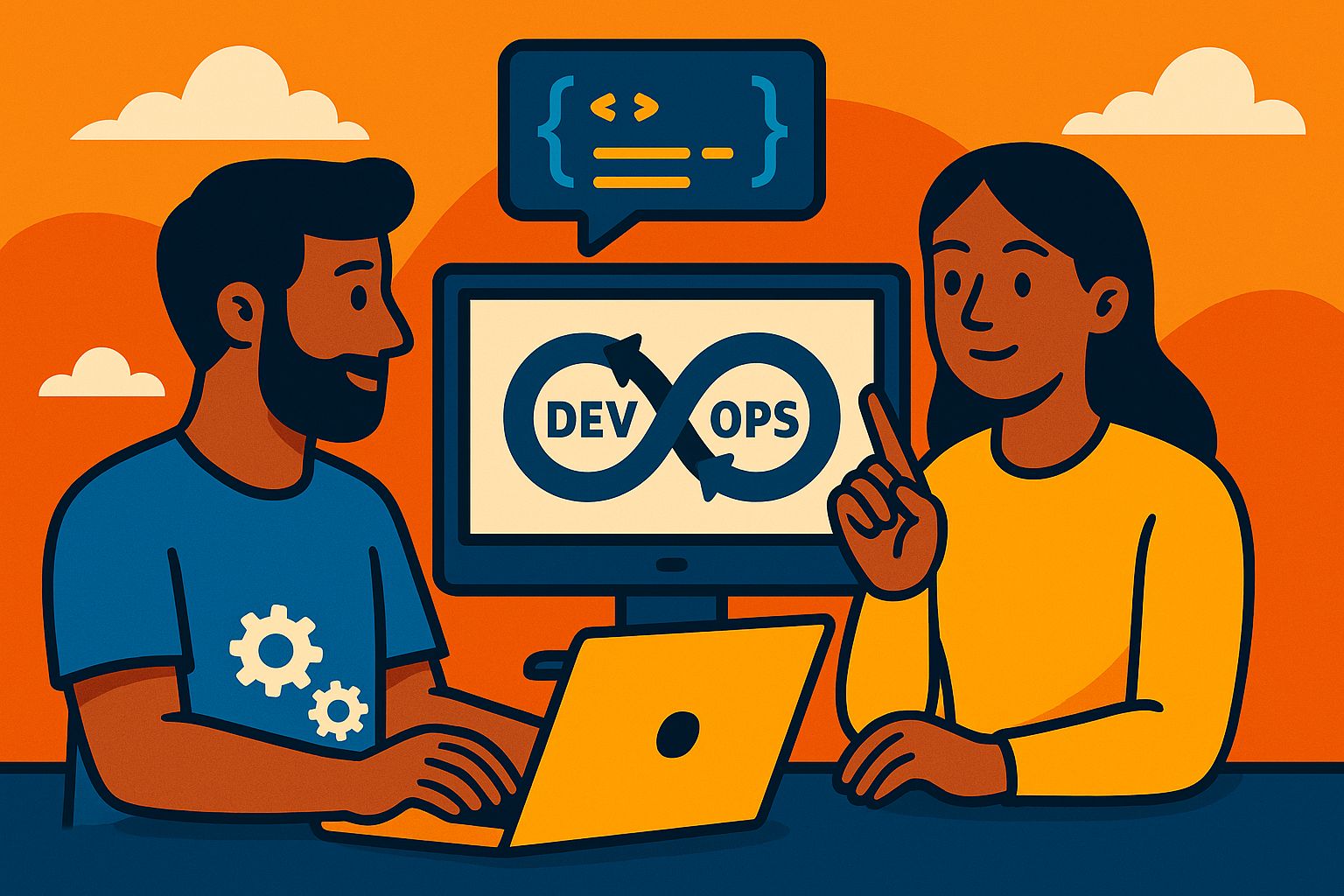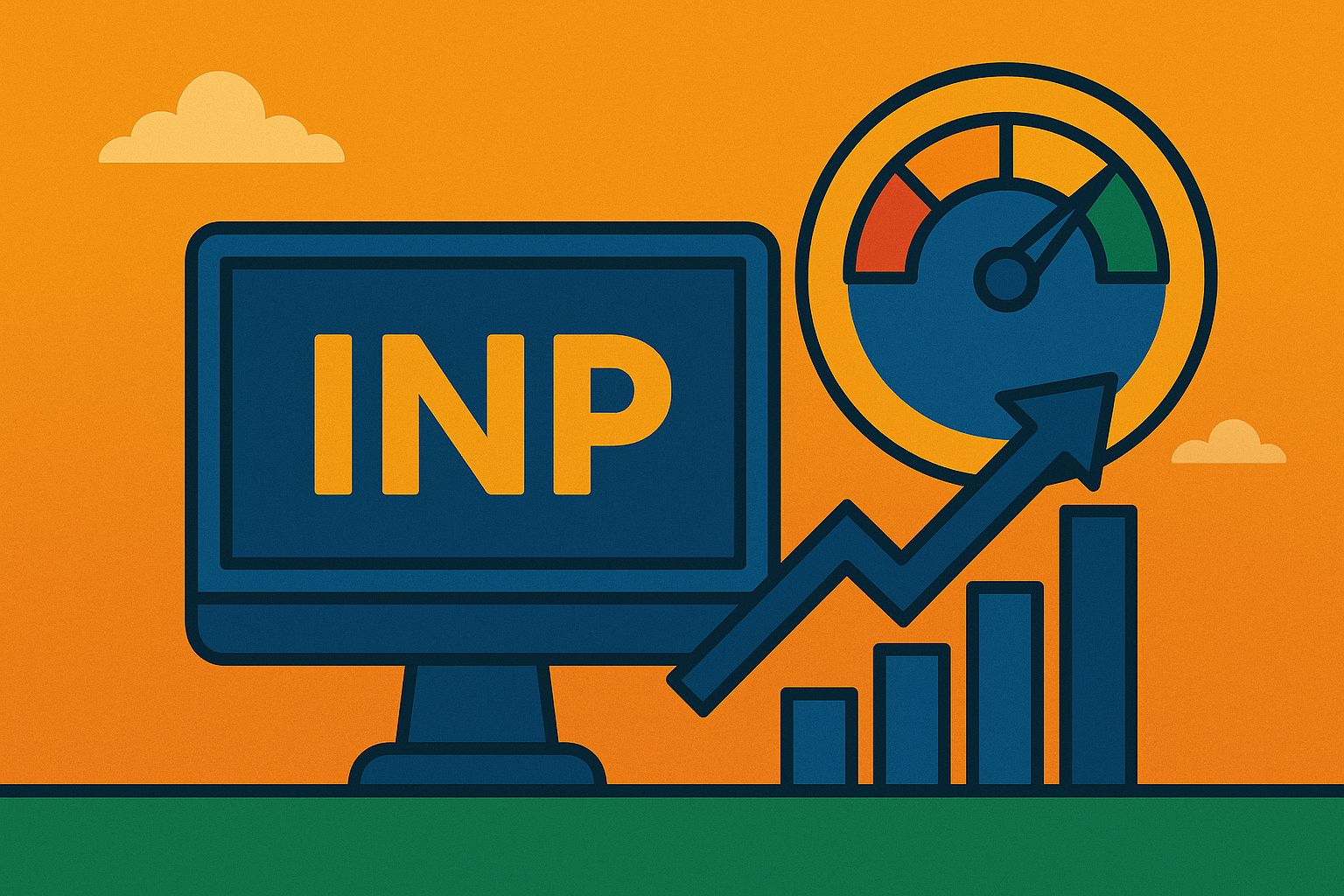The nature of the current fast-paced software environment requires organizations to deliver timely and efficient high-quality applications. DevOps can be viewed as a revolutionary approach that aimed at integrating the teams that work on the development and operation of software and that are supposed to collaborate, optimize and improve the processes of software delivery. The main aim of DevOps is also to break down to bring together stakeholders, developers, and operational teams. When implemented in your company or organizations, DevOps will provide better quality products, boost its sales, and increase its efficiency.
This article will highlight on DevOps principles, real life cases, how to get started on a practical DevOps approach and embrace DevOps on particular projects. This article will provide you with the information and tools to effectively introduce and implement DevOps for your business, whether you are in the beginning stages of beginning or optimizing your current processes.
What is DevOps
Have you ever been curious to know what actually DevOps is all about and why has become such a revolution in the technological industry? DevOps is a continuous improvement to software delivery that combines developers with operations personnel while doing IT work. DevOps improve communications in the teams to facilitate activities and creating a smooth end-to-end software delivery process. DevOps are not about only tools or a specific framework.It depends on the transformation of cultures of working in a CCI and feedback loops that unites the separate worlds of development and operations of DevOps. They emerge as single and coherent work streams that help to reduce time to market and improve products quality. DevOps is an integrated system comprising of some vital stages. These stages include planning and coding, integration of the code continuously, testing, deployment, monitoring and evaluation.This approach is adopted for each step and involves cross-functional teams to break through barriers and revamp the lifecycle of development. DevOps achieve this through automation of tasks and eliminating conventional barriers between development and operational activities. They pave the way for faster and more reliable software releases while being laser-focused on quality and customer satisfaction.
- DevOps principles: Therefore, DevOps can be described as an application of a set of fundamental values that include collaboration, automation, and continuous delivery. These principles are what helps to change the conventional development/operations models into a faster and more effective procedure. Below are the key DevOps principles that serve as the foundation for a successful DevOps strategy.
- Collaboration: The most central and axiomatic attribute of DevOps is collaboration. Development and operations teams unite to form a functional team that interacts and provides feedback during the entire development and deployment process. This often leads to a consolidation of a development team and an operations team in a combined effort on the life cycle of an application.The DevOps team should ensure that every part of the given product is of high quality which remains their responsibility. More full stack development comes from this where teams manage all backend to frontend responsibilities that come with a feature or a product. For feature or project work to be done, it will be done under the ownership of a team starting from the time of conception to the time of completion. The commitment and the enhanced focus that comes from being in a team leads to the production of better quality work.
- Activities directed towards the customer: DevOps teams give and receive feedbacks in few minutes to clients and end users. Live monitoring and fast application of changes allow DevOps processes to gather feedback and user response in a short time frame. The teams can watch in real-time how real users interact with the software system and may choose to make more improvements.
- Automation: The first rule of thumb for DevOps is to have as many parts of the software development cycle as possible automated. This in turn reduces the amount of time taken by developers to write code and come up with new features to incorporate. An important part of a CI/CD approach, automation reduces the human factor and increases the productivity of a team. When there are fast iteration periods, it is possible for the teams to have continuous improvement through the use of automatons as a way of giving improved results for the teams.
- Constant improvement: Both continuous delivery and continuous improvement complement each other, allowing DevOps teams to provide ongoing enhancements that increase performance of the software systems adopted Agile penetration along with lean manufacturing and Improvement Kata have formed the modern foundation for the concept of continuous improvement. It is a method of elevating the importance of trial, miscalculations or errors’ minimization and delivery speed, cost and convenience. The groups constantly deliver source code changes that minimize wastage time and increase the speed of development while delivering more value to the client due to the ongoing new releases.
- Realistic DevOps scenarios: It is essential to focus on the cases when the mentioned concepts and methods are applied to understand how DevOps actually works in practice. Here are three usual examples thereby demonstrating how the DevOps may address practical concerns.
First Scenario: Building an Online Application
As the usage of the web application increases, becoming and remaining capable of handling excessive traffic is important. Further, two DevOps principles namely Automation and Infrastructure as Code are important here.
- How to Put DevOps Into Practice: Elastic infrastructure that grows or shrinks in response to traffic volumes can be created by utilizing IaC tools such as Terraform or AWS Cloud Formation.
- Pipelines for CI/CD: Configure Jenkins or GitLab CI pipelines so that you can quickly roll out updates and ensure your application uses the most recent stable version.
- Monitoring and Feedback: Warning teams can be created concerning system performance, using Prometheus and Grafana to monitor resource use, and receiving instant notifications when usage increases rapidly.
Second Scenario: Introduction of DevOps in a Legacy System
The transfer of a legacy system to a DevOps setting can be challenging, especially for organizations that have been using traditional methods. The change requires thorough planning and incremental adaptations.
- Start with CI/CD: Gradually integrate CI/CD by automating build and deployment processes. Substantial updates can now be incorporated into teams without destabilizing the larger legacy system.
- Reorganize and mechanize: Begin to automate facets of the structure with Ansible or Puppet, configuration management software. It essentially focuses on the tasks that take time, for example, testing and establishing environments.
- Hybrid Infrastructure: Although improving the legacy architecture over time, start to transition more processes into an IaC model gradually while using a combination of the outdated architecture and advanced technologies.
Conclusion
DevOps is one of the most influential approaches that changes collaboration, eliminates silos, and improves the delivery of software. Companies can enhance the overall efficiency, deliver high-quality software in the shortest time possible, and enhance business operations by following DevOps principles *such as Continuous Integration and Continuous Delivery, Automation, and Infrastructure as a code.* Useful how-tos and real-world scenarios presented in this guide indicate how DevOps solves common issues, is scaling applications, and securing systems. Start with the basic: making tasks autonomous and interactions collaborative, and slowly but surely, make it that DevOps will enhance everyone’s efficiency as well as the reliability of the product.





